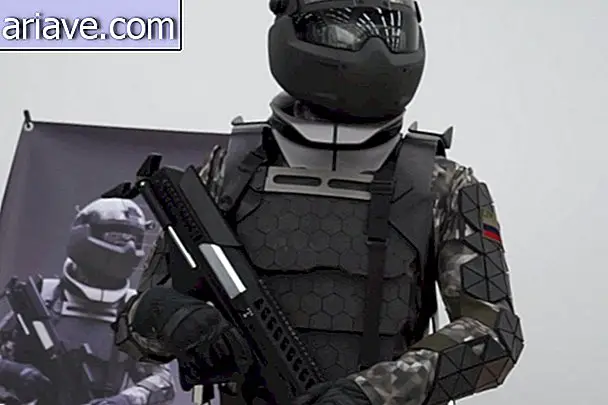Scientists successfully test 'invisibility cloak'

Have you ever wanted them to invent an invisibility cloak? For, according to a BBC report, a pair of scientists at Duke University in the United States have managed - for the first time - to make an object completely invisible during a microwave experiment.
According to the publication, the researchers used a kind of diamond-shaped invisibility cloak - or layer - that reflected light (in the form of microwaves) that fell on a 1 cm by 7.5 cm cylinder. in diameter.
Invisibility cloak

In order to make the cylinder invisible under the cover, the researchers had to rearrange the way the microwaves that hit the rhombus aligned with their ends, ensuring that light could pass through them completely, without any kind of bias.
However, as the researchers explained, the experiment was conducted only on non-visible wavelengths of the light spectrum, and achieving the same result with visible wavelengths would be quite complicated. Moreover, despite the perfect result, invisibility only works in one direction, as, as with cards in a deck, the object becomes visible again depending on the direction in which we observe it.
However, even if the researchers have not been able to create a Harry Potter-like cover yet, the experiment could have a number of applications in the future, especially in the implementation of radar and telecommunications systems, and could improve performance. devices based on microwave emissions.











